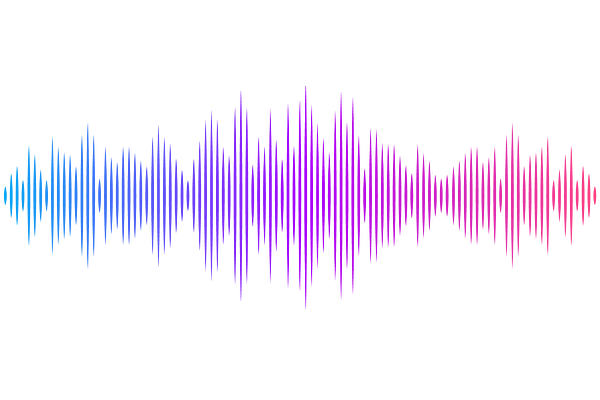Monitoring tropical forests with light drones: ensuring spatial and temporal consistency in stereophotogrammetric products

Monitoring tropical forests with light drones: ensuring spatial and temporal consistency in stereophotogrammetric products
BARBIER, N.; Ploton, P.; Tulet, H.; Viennois, G.; Leblanc, H.; Burban, B.; Rejou-Mechain, M.; Verley, P.; Ball, J. G.; Feurer, D.; Vincent, G.
AbstractLight drones provide a cheap and effective tool to monitor forest canopy, especially in tropical and equatorial contexts, where infrastructure and resources are limiting. In these regions, good quality optical satellite images are rare, yet the stakes are maximal to characterize forest function, dynamics, diversity, and phenology, and more generally the vegetation-climate interplay. We describe a complete processing chain based on photogrammetric tools that seeks to optimize the spatial and spectral coherence between repeat image mosaics at centimetric resolution. Our target is to allow individual tree-level monitoring over tens to hundreds of hectare scales with consumer grade equipment (i.e., quadcopter with stabilized RGB camera, standard GNSS positioning). We demonstrate the increase in spatial precision achieved using Time-SIFT and Arosics algorithms, which allow (individually and synergistically) to reduce global and local spatial misalignment between mosaics from several meters to a few centimeters. Time-SIFT provides the advantage of increased robustness in initial image alignment and 3D reconstruction, and hence reduces occasional distortions or data gaps. Using Agisoft\'s color and white balance corrections combined with the use of vegetation indices provides meaningful quantitative signal despite considerable changes in acquisition conditions. In particular, indices that are less sensitive to illumination changes, like the green chromatic coordinate (GCC), allowed evidencing a seasonal signal over four years of monitoring in the evergreen moist forest at Paracou in French Guiana. The signal was decorrelated from obvious geometrical effect (sun height), and provided information on the vegetative stage at tree, species, and stand levels.